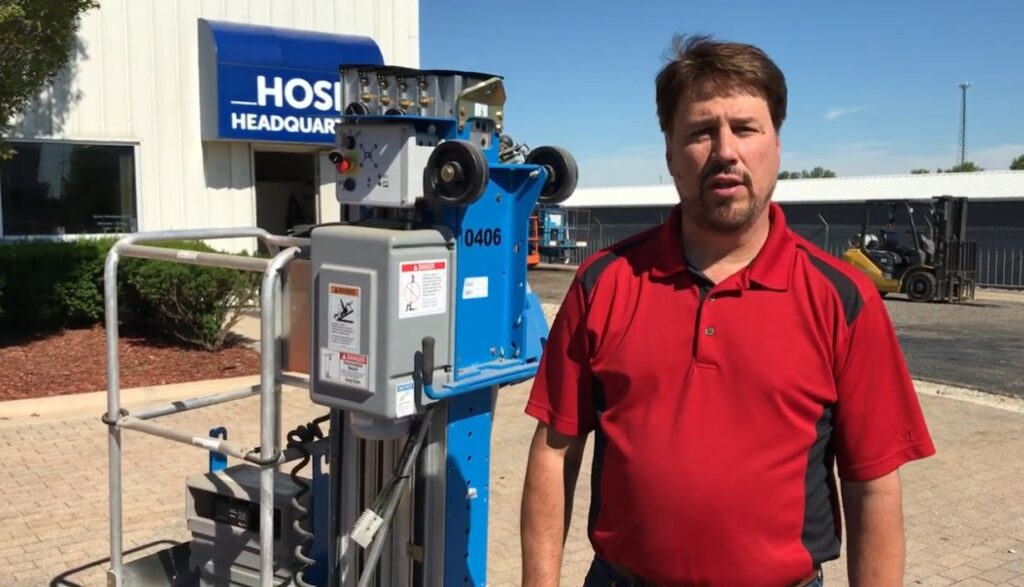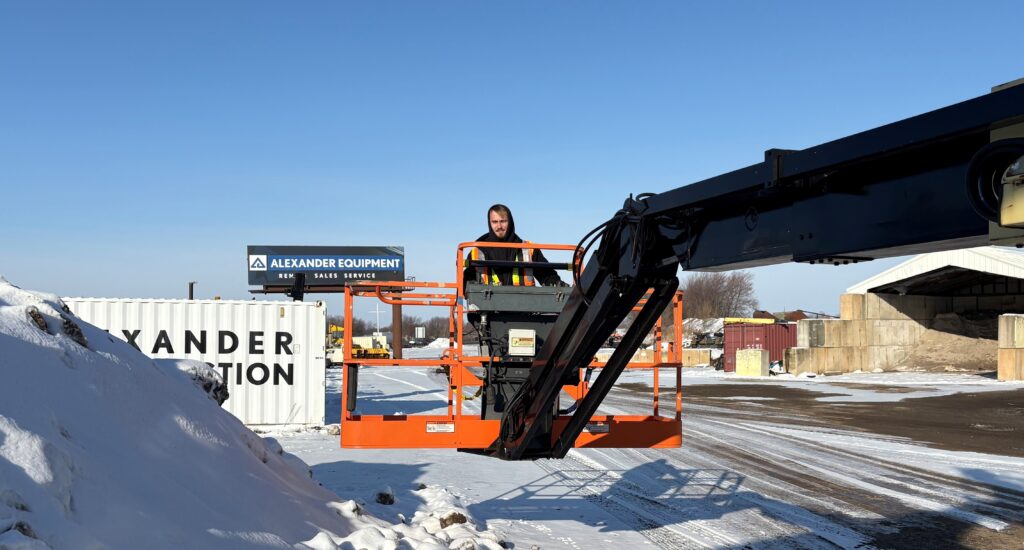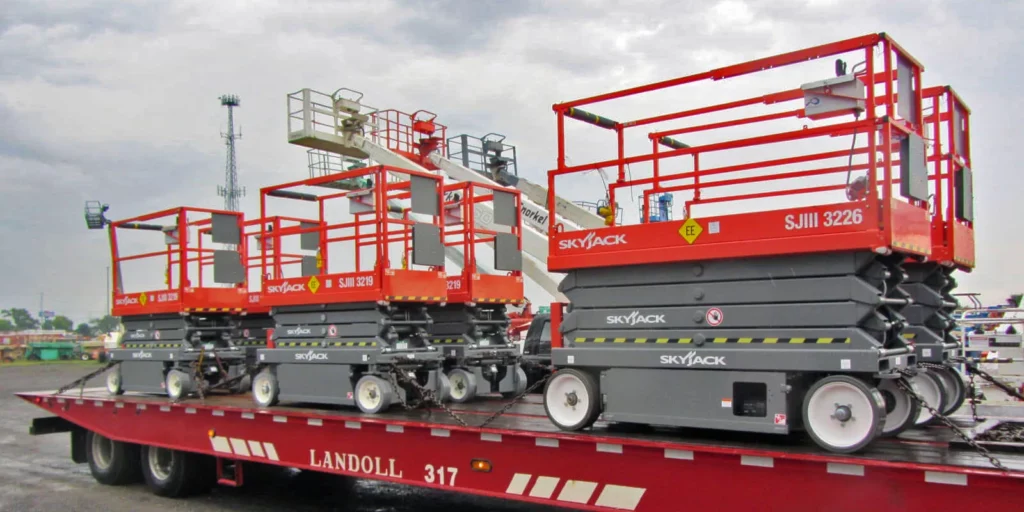Introduction
As the temperature rises, so does the risk of heat-related illness for outdoor workers, especially those in construction. With long hours in direct sunlight and strenuous physical activity, working outside in the heat can be a dangerous combination. However, with proper precautions, common sense and training, it is possible to stay cool and safe on the job site.
In this article, we will discuss the dangers of working outside in the heat and provide practical tips on how construction workers can stay cool in even the hottest weather. From hydration techniques to shade options and cooling gear, we will cover everything you need to know to beat the heat and work comfortably all summer long. Let’s take a look at the risk factors and control measures that can reduce injury and illness caused by extreme weather conditions.
What are the risk factors?
Hot summer temperatures can be hazardous to construction personnel. According to OSHA more than 40% of heat related worker deaths occur in the construction industry. This is due to a variety of risk factors, such as high exertion levels, lack of shade and ventilation, and inadequate hydration. Heat exhaustion, heat cramps, and heat stroke are all potential heat-related illnesses that can be caused by prolonged exposure to high temperatures. Let’s discuss the risk factors of working outdoors in high temperatures.
Individual health situations
While heat-related illnesses can affect anyone, some individuals are more at risk than others. Those with certain pre-existing health conditions are more susceptible to dehydration and overheating. It is crucial that those individuals take extra precautions during hot weather to avoid heat exhaustion or heat stroke
Preexisting health conditions
Extreme heat can be especially dangerous for people with chronic medical conditions. Heart disease, poor blood circulation, high blood pressure, obesity and mental illness are risk factors for heat related illness.
Medications
Taking certain medications can make the effect of extreme heat worse and may cause an individual to be less likely to sense and respond to changes in temperature. Always consult with your doctor to determine if what you are taking could affect your safety when working in a high temperature environment.
Prior cases of heat related illness
People who have experienced heat related illness in the past may need to be more closely monitored for symptoms when exposed to high temperatures.
Age
Older adults are at higher risk for heat related illness or death. Age related factors include cardiovascular, lung or kidney disease as well as diabetes and changes in the skin caused by growing older.
Dehydration
When working in a high-temperature environment, it is crucial to keep yourself hydrated to avoid dehydration. Not drinking enough fluids can lead to several health concerns, including dizziness, fatigue, and heat exhaustion. It is recommended to drink water regularly throughout the day and avoid beverages that contain caffeine or alcohol as they can dehydrate you further. Additionally, consuming foods with high water content like fruits and vegetables can also contribute to your overall hydration levels.
Overexertion
Overexertion can lead to overheating of the body, a common issue that can have serious consequences. When we concentrate too hard on a task, we may not realize the strain we are putting on our bodies. It is important to take breaks and stay hydrated during physical activity to prevent overheating. Symptoms of overheating can include dizziness, headache, nausea, and fatigue. If you experience these symptoms while performing an activity, it is essential to stop and rest immediately.
Not wearing proper protective clothing
In order to stay cool and safe while working in high temperatures, construction workers must be mindful of what they wear on the job. Proper protective clothing is essential to keep workers safe from hazards such as falling debris or equipment failure. However, this clothing can sometimes contribute to overheating. It is important to choose clothing made of lightweight and breathable materials that allow for proper ventilation. Avoid wearing dark or heavy clothing when working in extreme temperatures. Waterproof clothing can be especially hazardous because it prevents adequate cooling.
How do construction workers stay cool in the heat?
Training is a crucial aspect of ensuring safety on any construction site, and it is important that every worker receives training before work begins. In addition to basic training, workers should also receive special instructions when working in hot weather conditions. These instructions may include tips for staying hydrated, identifying the signs of heat exhaustion or heat stroke, and taking breaks in shaded areas. Additionally, all construction workers on the job site should receive training that includes how to understand what to watch for as far as symptoms like headache, dizziness, confusion, nausea, and no longer perspiring.
Drink plenty of water
One of the ways the body cools itself is through perspiration. When you are sweating heavily, you will need to replace your body’s fluid level to allow it to regulate your temperature. Make sure there is always plenty of cool, clean water on site.
Wear sunscreen
Doctors recommend wearing sunscreen with a minimum SPF rating of 30 which blocks 97% of UV rays to help prevent sunburn and skin cancer.
Keep as cool as possible
Take more frequent breaks to allow for cooling down periods and when possible schedule work for off peak hours that are not in the highest temperatures of the day. Keep ice water buckets nearby with rags for cooling. These are helpful as a preventative measure but can also be used to quickly cool down when you suspect a person may be suffering from heat stroke.
Wear proper clothing and protective equipment
Always wear light, loose, breathable clothing including a hat with wide brim and safety glasses that are tinted for use in full sunlight. And as usual always wear OSHA recommended personal protective equipment (PPE) for the task at hand. By taking these precautions, construction workers can stay comfortable and safe while working in the heat.
Recognize symptoms of heat exhaustion and hyperthermia
Self monitoring
Learn to recognize the symptoms of heat related illness especially heat stroke. Symptoms like light headedness, headache, nausea, having trouble concentrating and dizziness require immediate attention. (See more symptoms below)
Monitoring co-workers
Keep an eye on co-workers. Sometimes it’s easier for a co-worker to recognize the onset of heat related symptoms. Watch for things like a change in color, slurred speech or lack of sweating and get attention for the affected person immediately.
Heat Stroke symptoms to watch for
- Fainting may be the first sign a person is experiencing a heat stroke
- Throbbing headache
- Dizziness and lightheadedness
- Lack of sweating despite the heat
- Red, hot, dry skin
- Muscle weakness or muscle cramps
- Nausea and vomiting
- Rapid heartbeat (strong or weak)
- Rapid, shallow breathing
- Confusion, disorientation or staggering
- Seizures
- Unconsciousness
What to do in case of heat stroke
Heat related illness can be very serious, but heat stroke, also known as sun stroke, is the most serious form of heat related injury and is considered a medical emergency. Heat stroke is defined as when body temperature rises above 104 degrees Fahrenheit.
When you see a co-worker suffering from a heat stroke
Call 911 or if possible, take the individual to a hospital if you suspect a coworker is experiencing a heat stroke. If you are waiting for EMT’s to arrive, apply first aid until emergency services get to the scene. Any delay in seeking medical help could be fatal.
First Aid Measures for Heat Stroke
If possible take the victims core body temperature and initiate first aid to cool it to 101 to 102 degrees F by applying the following Cooling Strategies:
- Fan the air over the patient while wetting the skin with water from a sponge or garden hose.
- Apply ice packs to the patients neck, groin, armpits and back*.
- Immerse the patient in a shower or tub of cool water.
- If the person is young and healthy and experienced the heat stroke through vigorous physical activity, (what’s known as exertional heat stroke), you can utilize an ice bath to help cool the body.
IMPORTANT !
* Do not use ice for older patients, young children, patients with chronic illness or anyone who’s heat stroke occurred without rigorous physical activity. Doing so can be dangerous!
Visit CDC website for more information about warning signs and symptoms of Heat-Related Illness.
Stay cool, stay safe, and keep up the great work!
Working on a construction site during extreme temperatures can pose significant dangers to workers. We can’t control the sun or the seasons, but we can control how we protect ourselves from the hazards of working on a construction site in extreme temperatures. From wearing the right clothing to staying hydrated, it’s important to take proactive steps to protect your health and well-being on the job.
Following the safety tips outlined in this article, along with common sense and proper planning, are the keys to keeping yourself and your co-workers safe on the construction site this summer. Remember, taking care of yourself is essential for staying productive and successful on the job.





